The Variegated Rubber Plant, scientifically known as Ficus elastica, is a popular cultivar of the rubber plant known for its stunning variegated foliage. Here is some detailed information about the Variegated Rubber Plant:
- Description: The Variegated Rubber Plant features large, leathery leaves with unique variegation patterns. The variegation can vary from plant to plant but often includes a combination of green, cream, white, or yellow markings. The patterns can be marbled, speckled, or in stripes, making it a visually striking plant.
- Growth Habit: Similar to the regular rubber plant, the Variegated Rubber Plant can grow up to 30 meters (100 feet) tall in its native habitat. However, as a houseplant, it is typically smaller, reaching heights of 1 to 3 meters (3 to 10 feet). It has an upright growth habit with multiple stems, creating a bushier appearance.
- Light Requirements: The Variegated Rubber Plant thrives in bright, indirect light. It can tolerate some degree of low light conditions but may lose some of its variegation and not grow as vigorously. Avoid exposing the plant to direct sunlight, as it can scorch the leaves.
- Temperature and Humidity: The Variegated Rubber Plant prefers a temperature range of 18-24°C (65-75°F). It can adapt to different humidity levels but appreciates a slightly humid environment. Regular misting or placing the plant on a tray with water and pebbles can help increase humidity.
- Watering: It’s essential to water the Variegated Rubber Plant properly. Allow the top inch of soil to dry out between waterings, and then water the plant thoroughly until water drains out of the bottom of the pot. Avoid overwatering, as it can lead to root rot.
- Soil: Use a well-draining potting mix that retains some moisture but does not become waterlogged. A mixture of peat moss, perlite, and loam or a quality commercial potting mix works well.
- Propagation: The Variegated Rubber Plant can be propagated through stem cuttings. Take a cutting from a healthy plant, ensuring it has at least two nodes. Remove the lower leaves and place the cutting in a container with water or a well-draining potting mix until roots develop. Once roots have formed, the cutting can be potted in soil.
- Maintenance: Regularly dust the leaves of the Variegated Rubber Plant to keep them clean and ensure proper photosynthesis. Pruning can be done to maintain the plant’s shape and remove any leggy or damaged growth.
- Toxicity: Like other rubber plant varieties, the Variegated Rubber Plant is toxic to pets and humans if ingested. The milky sap or latex produced by the plant can cause irritation and discomfort.
The Variegated Rubber Plant is highly prized for its attractive variegated foliage, adding a touch of color and vibrancy to any indoor space. With proper care, it can be a stunning addition to your plant collection.

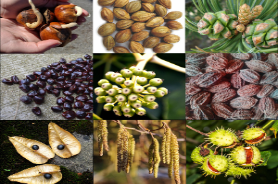


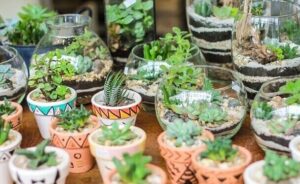
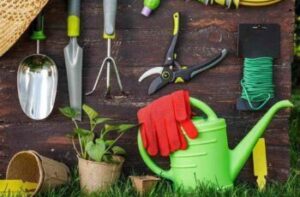

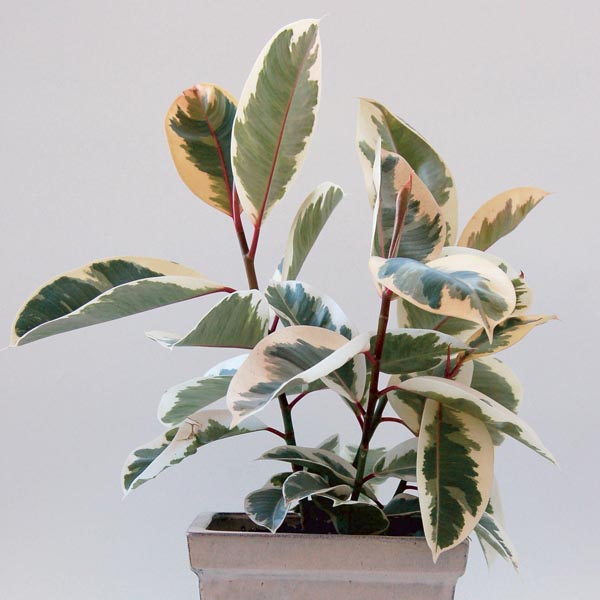
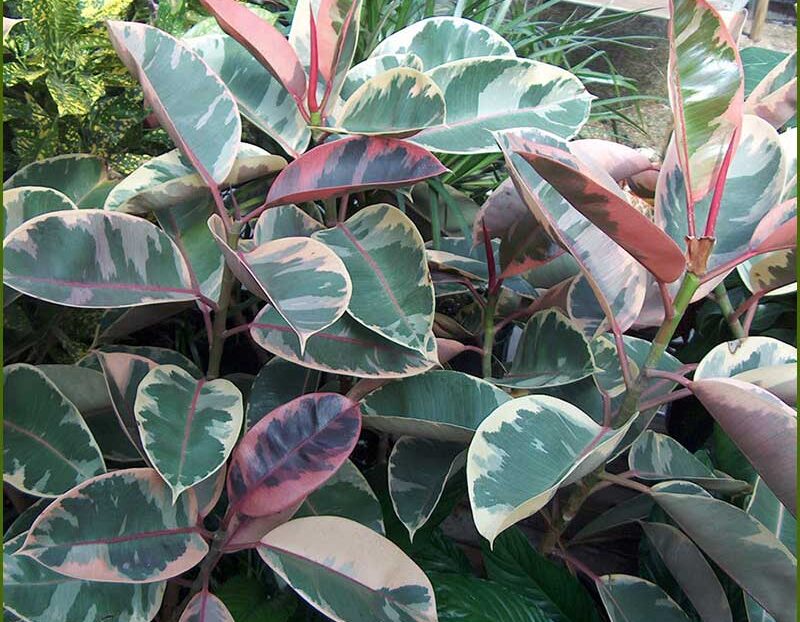
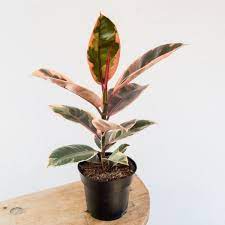



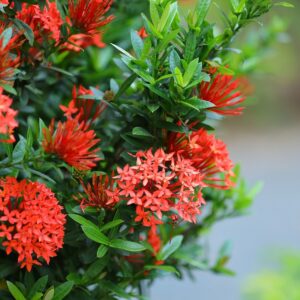
Reviews
There are no reviews yet.